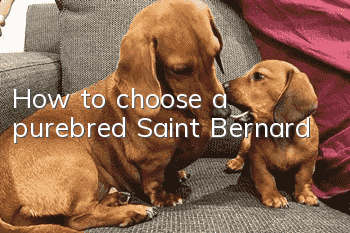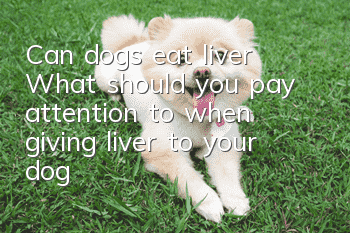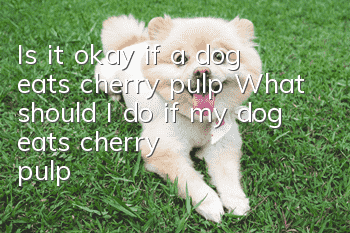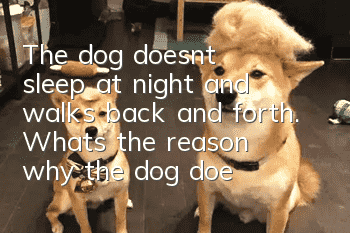How to choose a purebred Saint Bernard

The Saint Bernard dog has a very docile personality, is easy to get close to, and is very tolerant of children. It is loyal to its owner and easy to train. If given enough space, food, and exercise, they can become great family dogs.
1. What color is a good Saint Bernard dog?
The coat is very dense, short and smooth, with thick hair on the thighs. The coat at the base of the tail is long and dense, and gradually becomes sparse at the tip, making the tail appear fluffy. The color is white and red, with different shades of red, and it can also be brown.
2. How to choose a purebred Saint Bernard
Nature: The Saint Bernard is a super-large dog with a very docile personality, easy to get close to, and very tolerant of children. If given enough space, food, and exercise, it can become a good family dog.
Head: The skull is broad and round, the forehead segment is clear and distinct, the muzzle is short and thick, the cheeks are flat and the upper lip is long and hanging.
Ears: Medium in size, drooping.
Eyes: Medium size, bronze color.
Nose: The nose is large, black, and the muzzle is very developed.
Body: The chest is thick and wide, the back is strong and tilted towards the waist.
Coat: Whether long-haired or short-haired, the coat is rich, lying flat, with reddish-brown spots, orange, or red spots on the head, chest, limbs, and tail, or white on the white background. Patches of various colors.
Limbs: The forelimbs are straight and long, and the bones of the hind limbs are thick and powerful.
Feet: Very large, toes are very raised, dewclaws should be removed.
Tail: The tail is long and the base of the tail is high. The tail is downward when resting and raised upward when active.
Height: huge
[Overall appearance] Powerful, with rich muscles in all parts of the body, strong and powerful, a large head, and a very intelligent expression. Dogs with black spots have a more serious expression, but their nature is not bad.
3. Breed standard of long-haired Saint Bernard
Except for the coat, the rest is similar to a short-haired dog. The coat is medium length, slightly wavy, neither curly nor fluffy. Typically, the wavy shape of the coat is more pronounced on the back from the waist to the rump, and this can also be seen in short-haired dogs. The tail is densely coated. Curly coat or flag-like tail are faults. The coat on the face and ears is short and soft. Some longer hair at the base of the ears is allowed. The hair on the forelimbs is slender, and the hair on the thighs is dense
- How to treat urinary tract stones in dogs? Dogs may need surgery!
- What should I do if my dog has no milk? The owner should check quickly and don’t let the puppies starve to death.
- Dog’s anal gland odor, please note that this is a sign of your dog’s health!
- How to make your dog like to eat dog food Four ways to make your dog fall in love with dog food
- Can dogs digest peach pits if they eat them? Can dogs digest peach pits if they accidentally eat them?
- How to protect your dog’s food? Teach you tips on training your dog
- Why do dogs defecate everywhere? How can dogs stop defecating everywhere?
- What should I do if my dog has lupus? Immune system diseases should not be underestimated
- If your dog's hair is cut and the skin is cut, the flesh is exposed. If the dog's hair is accidentally cut and the skin is cut, it must be disinfected immediately.
- Do dogs need deworming in summer? What should you pay attention to when raising dogs in summer?



